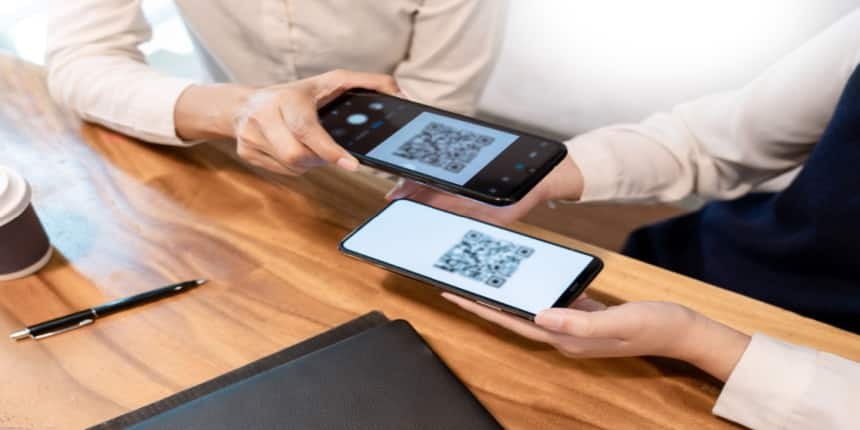MICR Full Form
What is the full form of MICR?
The full form of MICR is Magnetic Ink Character Recognition. The Reserve Bank of India introduced this 9-digit code in order to secure payments in the 1980s. The RBI gives each bank a different MICR code. The MICR code includes character recognition technology that enables bankers to distinguish between bank branches and expedite clearing checks by identifying the banks. This is done with the help of a specific type of ink and involves using special characters. Their MICR code identifies a bank and branch participating in the Electronic Clearing System (ECS). The RBI will recognise all banks that use cheques for financial transactions only with the presence of this unique nine-digit code. The MICR Code, which looks like a thin strip, is typically seen at the bottom of each cheque book leaf. This can also be seen in printed form on the first page of a savings account passbook.
- What is the full form of MICR?
- Role and Functions of MICR Code
- How to Decode the MICR Code
- Features

Role and Functions of MICR Code
Customers typically need a MICR code when submitting application paperwork for financial instruments like investment portfolios, and lump-sum mutual funds. This code which serves as a barcode for banks involved in any transaction under the Electronic Clearing System (ECS) will be used to verify the validity and originality of paper-based documents.
How to Decode the MICR Code
There are three components to the MICR Code:
The first three digits represent the city's PIN code. This is similar to the PIN code used during postal services.
The following three numbers represent the bank code.
The final three numbers represent the branch code.
Features
The number is easily recognisable even if someone signed above or placed a stamp above the number.
The ink is hard to find; thus, forging documents is practically impossible.
The rate of error is low.
Font size is very particular, and the document is rejected quickly when a mismatch is found.
Easily readable and understandable by ordinary people so that check information can be easily communicated.
Other Related Full Form:-
Frequently Asked Questions (FAQs)
During the mid-1950s, the General Electric Computer Laboratory brought the first-ever MICR system to process cheques with the E-13B font system. The American Bankers Association (ABA) introduced MICR as the norm for negotiable papers in 1958, including the E-13B font printed in magnetic ink. The initial checks were printed with magnetic ink toward the end of 1959.
Magnetic toner must be used to print the MICR line on cheques.
E-13B and CMC-7 are the two main MICR fonts used. Although both are used worldwide, the E-13B is mainly used in the United Kingdom, Australia, and North America. At the same time, the CMC-7 is primarily used in some parts of South America as well as Europe.
The technology known as MICR (magnetic ink character recognition), is used to confirm the validity or originality of cheques and other paper documents.